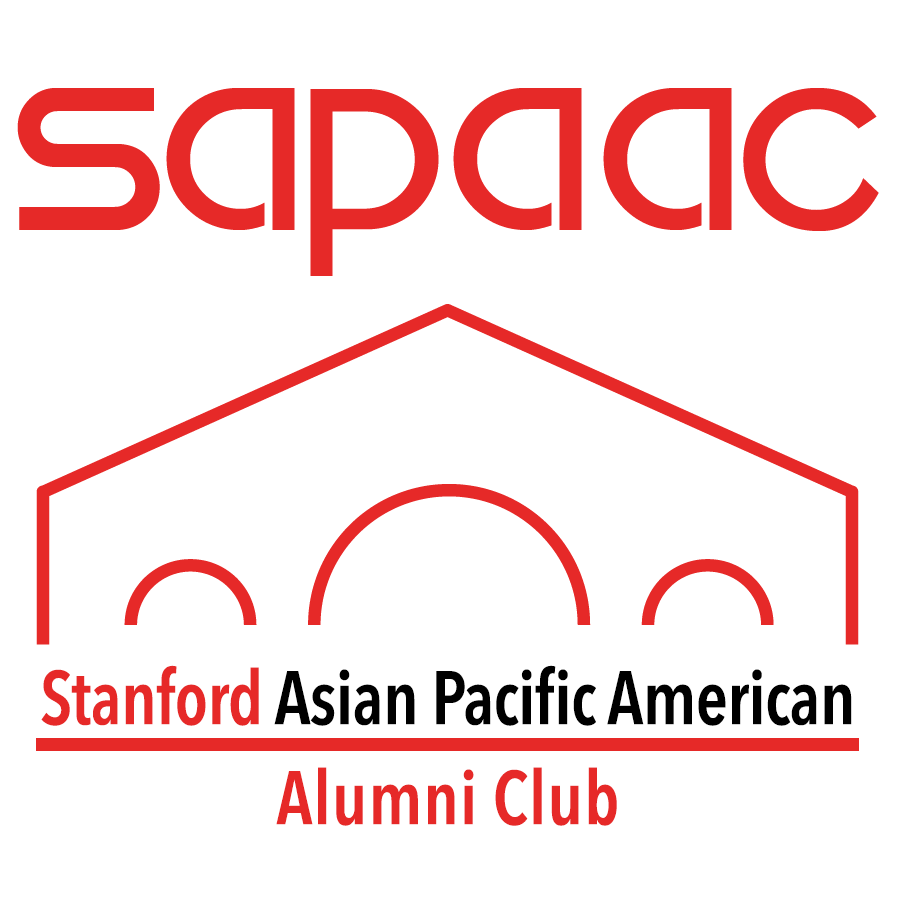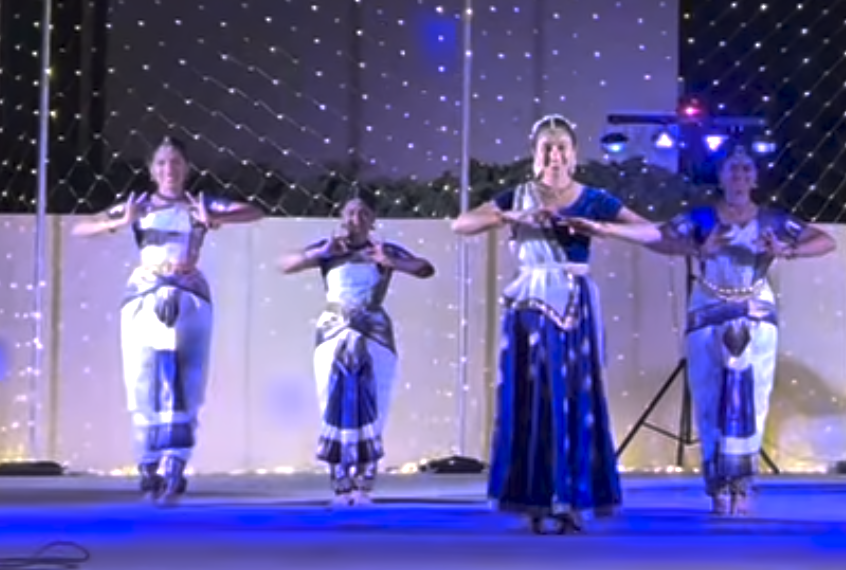Asian Americans & Pacific Islanders in National Politics
The Washington Post hailed Indian Americans as a “vital bloc of voters” who also hold important leadership positions in the Biden Administration. With turnout by Asian Americans in Georgia nearly doubling between 2016 and 2020, they could make the difference in December’s close Senate runoff, according to Politico. As state senator-elect Nabilah Islam, the first South Asian woman in this role, points out, “We’re the only demographic group that keeps going up.” Likewise in Nevada, candidates successfully reached out to Filipino, Chinese and Vietnamese American voters.
National observers cheered the “Desi wave” of the 2022 midterms: candidates representing both political parties won races, including Nabeela Syed, a state-senator elect in Illinois profiled by NBC. In 2024, two South Asian women, VP Kamala Harris and Ambassador Nikky Haley, could even go head-to-head for the U.S. presidency.
But aside from their growing demographic strength, "What do Asian American voters actually want?" ask Milan Vaishnav and Nitya Labh of the Carnegie Endowment for International Peace. They surveyed nearly a thousand Asian Americans in California from 21 different ethnic origins. See their analysis about the group’s views regarding topics such as gun regulation, immigration, police funding, protection against caste discrimination, and climate change.
A report in The New York Times highlighted the status of American Samoans, who do not have birthright citizenship—unlike people born in the fifty states, Washington D.C. or the territories of Puerto Rico, U.S. Virgin Islands, Guam and the Northern Mariana Islands. The territory’s residents are classified as U.S. “nationals” rather than U.S. “citizens,” and thus are not allowed to vote or run in elections. Some Samoans argue this policy makes them second-class citizens, but others suggest it is by design: full citizenship would undo laws protecting Samoan cultural rights, since U.S. courts presumably do not allow unequal treatment of citizens of different races.
Read: Check out ten “must-read” novels about politics and Asian American identity, a phrase only coined in 1968.
Judicial Commentary
Harvard Law School professor Jeannie Suk Gersen writes in The New Yorker about attending oral arguments for one of “the few Supreme Court cases in history…explicitly involv[ing] Asian Americans.” Lawsuits filed against Harvard University and the University of North Carolina for using race as part of college admissions have stirred strong feelings among Asian Americans, splitting those in support of and those against affirmative action. Contradictory polling shows the issues’ complexity, while some fear backlash if the court rules against affirmative action next year.
Other commentators question if the lawsuits are taking aim at the right target. ALDC applicants—“athletes, legacies, those on the dean’s list (frequently because of family donations), and children of faculty”—are overwhelmingly white, and enjoy a 45% acceptance rate, compared to 5% for everyone else. At Harvard, ALDC applicants end up filling about 30% of seats, yet three-quarters of them would have been rejected without this special status. Another columnist wonders “why those tasked with creating diverse campuses are a homogeneous bunch themselves.” According to a report from the National Association for College Admission Counseling, 71% of college admissions counselors and 81% of chief admissions officers are white, compared to only 48% of undergraduates.
Governing Magazine ran a story about how multiple U.S. states passed “alien land laws” in the late 1800s and 1900s to “restrict primarily Chinese and Japanese people from purchasing [or] even leasing land.” Because the Supreme Court ruled that immigrants from Asia could not naturalize as U.S. citizens, state legislators could target them by barring “aliens ineligible for citizenship” from land ownership. Only in 1952 did the Supreme Court finally rule that such laws were unconstitutional, and even then, they remained on the books in some states—such as Kansas, New Mexico and Florida—until much later.
A columnist in New Jersey explores the term “boba liberals,” a critique leveled against Asian Americans “using talking points created by white liberals” to portray Asian perspectives in politics, but which do not resonate with other members of the AAPI community.
Youth & Mental Health
Dr. Dorothy Chin writes about “Asian-American Adolescent Mental Health” in Psychology Today, calling on parents to be aware of adolescents’ rising rates of anxiety and depression. She warns against “single-minded striving for achievement” that could harm mental health and suggests “redefining success as achieving balance among all aspects of their teen's life.” A piece in NPR affiliate WGBH in Boston highlights the experience of Indian American and Japanese American students fretting about college admissions.
Attend: Be sure to tune in for our SAPAAC event on mental health in February! More information here, hosted by Dr. Caroline C. Lee, PhD ‘09, a licensed clinical psychologist, and Connie Chan Wang, MA ‘05 VP at Headspace Health.
Celebrating Creatively and Inclusively
Recent stories of multicultural traditions range from recipes for a “Desi twist on Thanksgiving”—think bread upma stuffing and curried caramelized brussels sprouts—to a family’s love for Taiwanese beef noodle soup during the holidays. Chinese American Top Chef winner Melissa King offers up king crab legs with Sichuan chili butter to her guests. Last month saw the first major Diwali festivities to take place at the White House, where Rep. Ro Khanna’s children were invited onstage. (Khanna was a Stanford economics lecturer from 2012-2016.)
Longevity: San Antonio feted the Golden Star Cafe, a Chinese American restaurant with 90 years of history. The Guardian profiled Manhattan Chinatown’s oldest establishment, Wing on Wo & Co, a porcelain shop doubling as a community anchor since the late 19th century.
Culture, Media & Arts
The San Francisco Board of Supervisors unanimously approved the creation of a new cultural district recognizing the Pacific Islander community in Visitacion Valley. During the 1970s and 80s, an estimated thirty to fifty thousand Pacific Islanders lived in the city. The cultural district—similar to those in Japantown, the Mission, and the Castro—will be San Francisco’s tenth such designation.
Up to 500 million quarters will feature actress Anna May Wong, the first Asian American woman to appear on U.S. currency, according to John Chu, the branch chief of digital media and education outreach for the U.S. Mint.
Meanwhile, the Napa Valley Film Festival honored a living AAPI actress, Stephanie Hsu, who plays the petulant daughter in Everything Everywhere All at Once. Hsu received the festivals’ Rising Star Award and was recently nominated for an International Spirit Award for best breakthrough performance. She also appears in The Marvelous Mrs. Maisel on Amazon Prime. The Los Angeles County Board of Supervisors also declared November 2022 “Chinese American Film and Television Festival Month” in L.A. County.
White Lotus, a show filmed in Maui, won 10 Emmy Awards. Though centered on white tourists, it offered positive depictions of Native Hawaiians, seafaring culture, and critiques of American imperialism. However, critics suggest it remained too one-dimensional to do the issues justice. As an alternative, check out Waikiki, the first feature-length film written and directed by a Native Hawaiian filmmaker. In less idyllic news from Hawaii, the U.S. Army Corps of Engineers has yet to remove unexploded ordnance from the Big Island, which is holding up government housing promised to Native Hawaiian residents.
On the Stanford Campus
Undergraduate students in the Asian American & Pacific Islander community at Stanford have rallied behind the 22% Campaign. The initiative has renewed demands for a contextualized approach to admissions, public disaggregation of admissions data by sub-group (not just a single “Asian” category), and support for outreach to underrepresented AAPI communities to encourage them to apply.
The SAPAAC Board has issued a statement welcoming new appointments to crucial Stanford AAPI resources. Read the Board Statement here.
Visit: Three exhibits at the Cantor Arts Center are linked to Stanford’s Asian American Art Initiative: “At Home/On Stage: Asian American Representation in Photography and Film” running through January 15, "East of the Pacific: Making Histories of Asian American Art” through February 12, and “The Faces of Ruth Asawa,” indefinitely on display.
— Edited by Kevin Fan Hsu. If you are interested in covering AAPI issues with the SAPAAC Advocacy & Education team, please reach out to khsu@alumni.stanford.edu.




